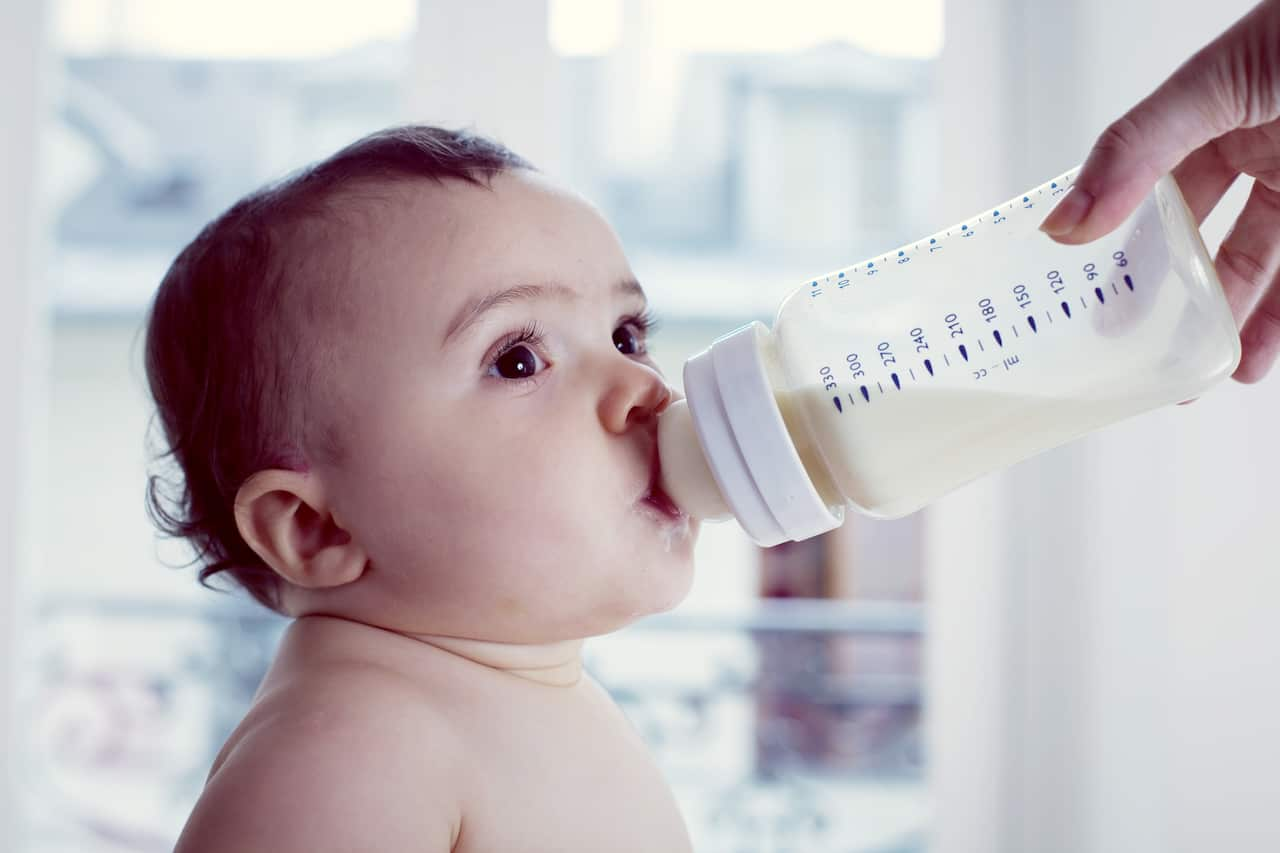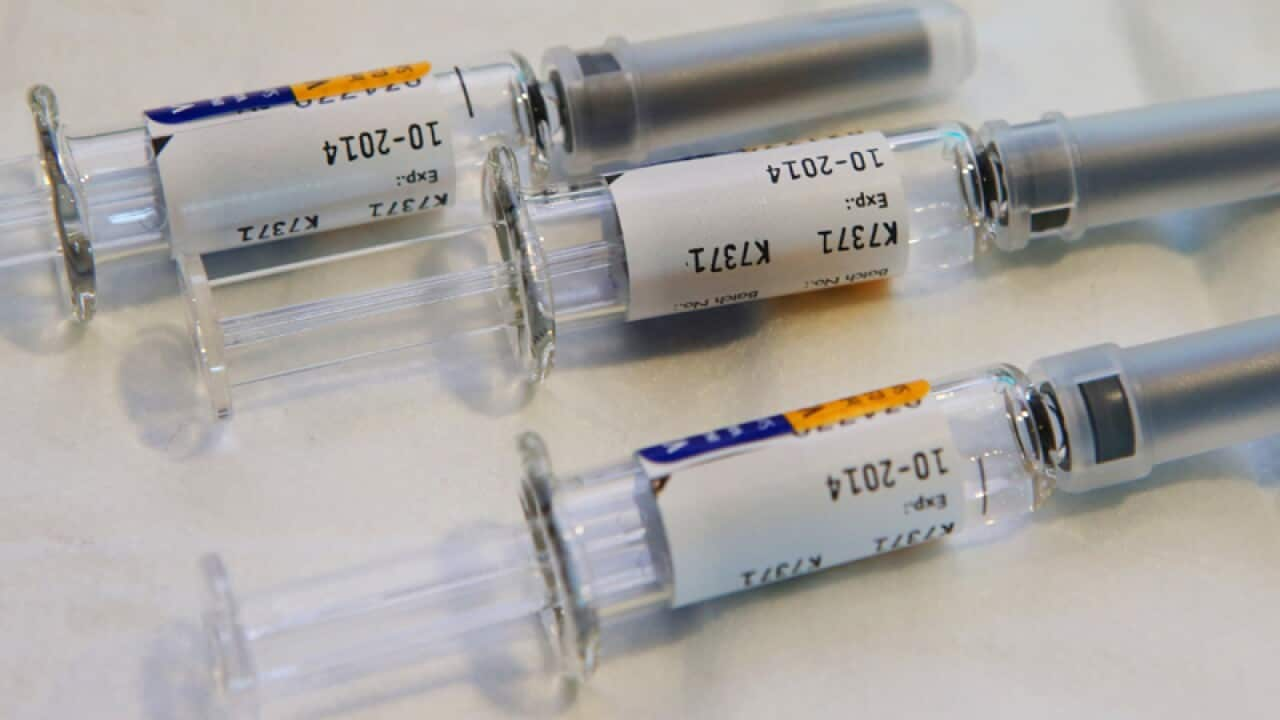These findings have the potential for "extremely dangerous" consequences for newborn and at-risk infants, a study by the University of Western Sydney has found.
Researchers tested the entire range of infant feeding bottles available for sale in Australia, ranging in price from $1.50 and $30, and found that one in five bottles had at least one marking that was deemed inaccurate - meaning it would fail to meet the requirements of the only existing standard for bottles in the world, the European standard.
The study, which has been published in the Journal of Maternal and Child Nutrition, found that markings underestimated and overestimated actual volumes by as much as 43 per cent.
In addition, 2/5 of the bottles were missing at least one marking for a volume that instructions for reconstituting infant formula require parents to measure.
In total, 57 per cent had either inaccurate or missing markings.
Adjunct Associate Professor Karleen Gribble for the School of Nursing and Midwifery at the University of Western Sydney conducted the study after hearing from mothers that different bottles measured volumes of liquid differently.
"I was hoping that it actually might be quite an unusual thing, but it doesn't appear that it is," Associate Professor Gribble told SBS.
"About 20 per cent of the bottles actually had inaccurate markings, and some of them - in particular the bottles that have disposable liners - are frankly extremely dangerous and shouldn't be on the market at all.
"Parents need to be able to make up infant formula safely, and if the volume markings aren't correct, it's impossible for them to do it." Bottles were up to 40 per cent out in their measurements, says Associate Professor Gribble, meaning when parents are mixing up infant formula they may think they're measuring 100ml but are actually only measuring 55ml or 60ml, resulting in over-concentrated formula.
Bottles were up to 40 per cent out in their measurements, says Associate Professor Gribble, meaning when parents are mixing up infant formula they may think they're measuring 100ml but are actually only measuring 55ml or 60ml, resulting in over-concentrated formula.

The study found that 57 per cent of the bottles had either inaccurate or missing markings (Getty) Source: PhotoAlto
"The issue with babies is that when they're very young their ability to regulate their salt and fluid levels is quite limited," she says.
"So with a very young baby, a premature baby or a baby who is unwell with diarrhea or has kidney problems, some of these differences could actually be potentially life-threatening.
"For most babies that's not going to be the case, but it can cause problems like constipation, can exacerbate reflux and it may actually contribute to obesity, because where the volumes are overestimated it results in over-concentrated infant formula so babies are getting more calories."
WATCH RELATED FEATURE FROM THE FEED

"It's like a black market": Women chase the breast medicine
Of the bottles examined, 41 per cent claimed compliance with the European Standard, 6 per cent with non‐existent Australian standards, and 54 per cent bottles had no standard claim.
The bottles claiming compliance with the European standard were just as likely to be inaccurate as those that made no claim, and expensive bottles were no more accurate.
The bottles in the study were manufactured or distributed by companies from countries around the world, including Australia, Austria, Bulgaria, China, Hungary, Germany, Malaysia, New Zealand, Singapore, Thailand, UK and the USA.
"We just don't have a standard for feeding bottles in Australia," Associate Professor Gribble said.
"We need to have a standard developed that's well-enforced and checked on regularly. There's a real quality control issue, and it's something that companies should be required to test."
If parents are concerned about the accuracy of their baby bottles, Associate Professor Gribble suggests weighing the water to ensure measurements are correct.
"What parents can do is get hold of an accurate set of kitchen scales and measure the weight of water, because 1ml of water weighs 1g essentially. So if they're able to weigh the water they'll be able to see which markers are accurate."
Share




